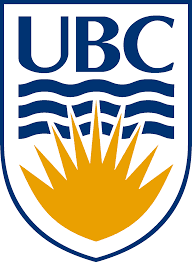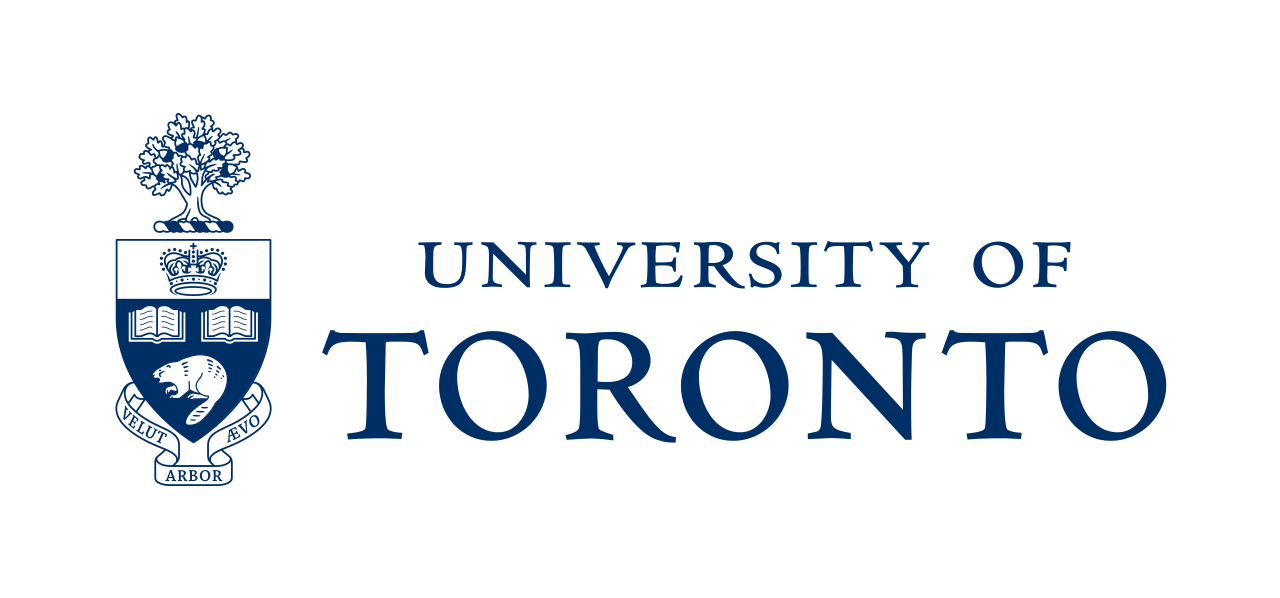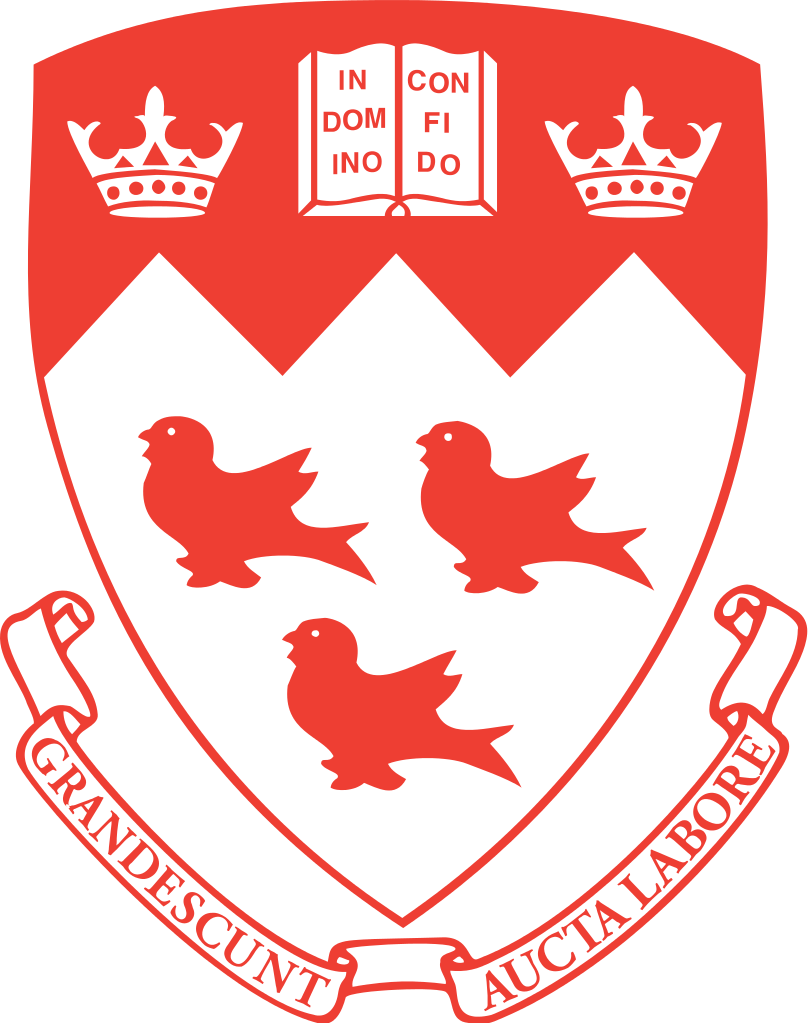Primary Advisor: Regina Lee
Secondary Advisor: Alex Ellery
Siddharth Dave completed his Bachelor of Engineering: Computer Engineering from Ryerson University and is currently doing his Master of Science: Earth and Space Science and Engineering at York University. He worked at POS Programming and Projects Global Payments Inc, Scarborough for a couple of months and also worked as a Research Assistant (project leader) in OPR-AL Ryerson University.
Moreover, Siddharth recently completed a year-long collaborative research project with Kepler where Siddharth was the senior student to lead the thermal testing as well as the initial antenna design and characterization (as part of his MSc thesis). Building on the ongoing partnership with Kepler, his group is establishing a 2-year collaborative research program (under NSERC CRD) to investigate two key areas of nanosatellite technologies, namely autonomous mission planning and reconfigurable phased-array antenna design. Siddharth will continue to be the lead student in the Kepler project as the PhD student starting in September, 2017. Having completed Bachelor of Engineering program at Ryerson in Electrical Engineering program, he has a substantial academic and hands-on experience in antenna design and RF engineering.
Relevance to TEPS
Research goals: Advancement in antenna and radio component design is the primary goal of my intended research. From applications related to space debris detection using a phased array antenna as radar to establishing powerful Low Earth Orbit (LEO) communication mediums for high data transfer, phased array antennas provide a flexible platform. The reconfigurable aspect of the phased array antenna, which is a core focus of my research, provides the already versatile antenna design with even more flexibility of operations to replace not only multiple antenna systems, but also to be able to do their jobs simultaneously. This opens the prospects for high quality research and several industrial/commercial applications to space based radio use. Using a mesh network of several cubesats to develop 3D radar for entire orbits, using beam steering to focus maximum power on a designated target, using reconfigurability to transmit or receive control or communication data and be able to track an object several kilometres away simultaneously on a separate on a different frequency, one can realize the potential of such a research platform.







